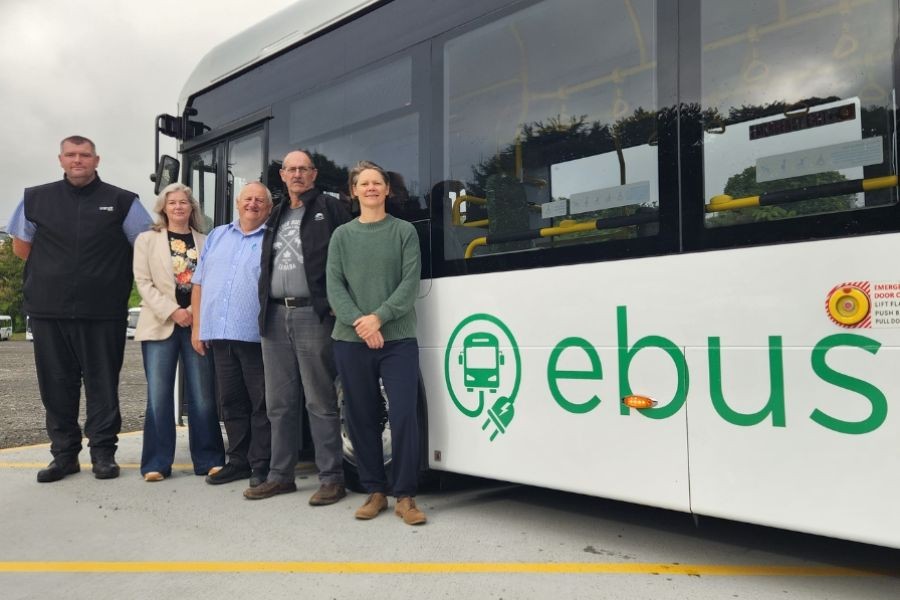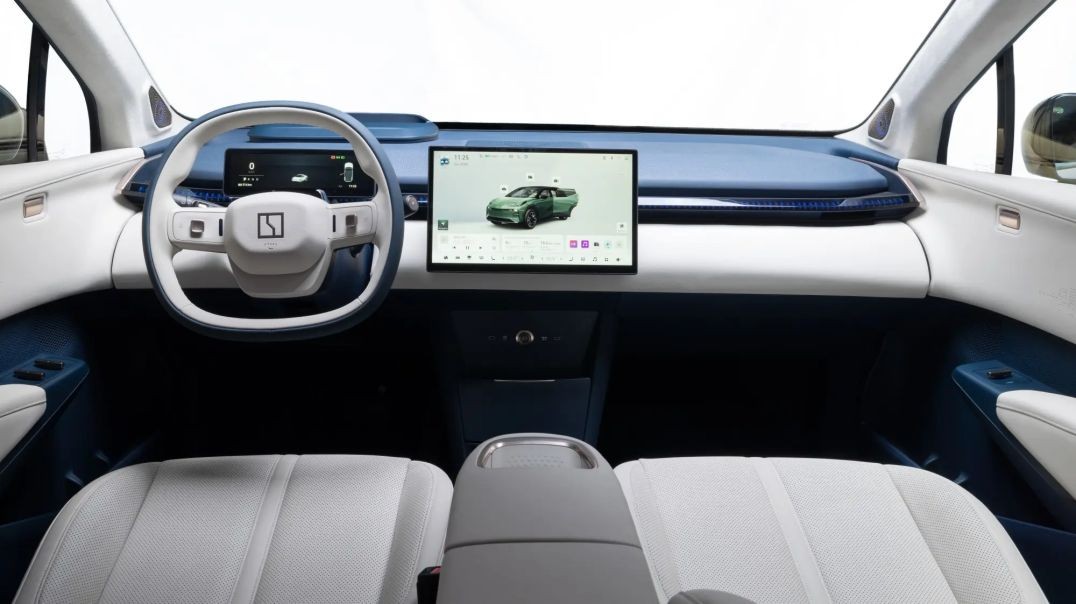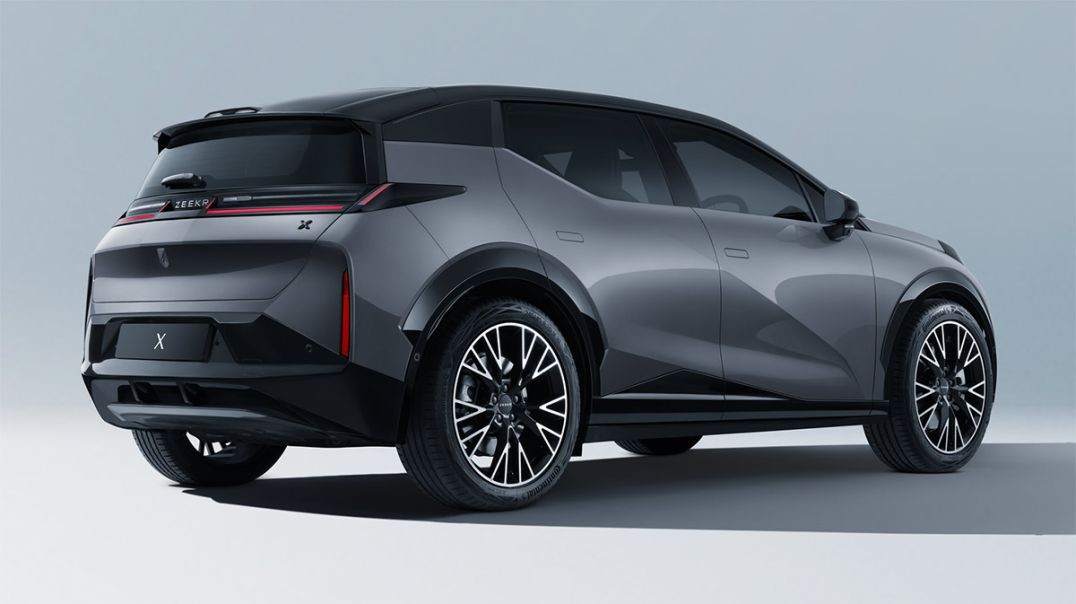With the announcement that New Zealand's public transport fleet will transition to 100% electric by 2030, the implications for the real estate market, urban planning, and the broader economy are substantial. This strategic move not only positions New Zealand as a global leader in sustainability but also sets a precedent for how urban environments can evolve in response to climate change imperatives.
Why New Zealand's Electric Transition Matters
New Zealand's commitment to a fully electric public transport fleet by 2030 is a bold step that aligns with the nation's broader environmental goals. The government's decision is driven by the need to reduce carbon emissions, as transport accounts for 20% of the country's emissions, according to the Ministry of Business, Innovation & Employment (MBIE). This initiative is crucial as New Zealand aims to become carbon neutral by 2050. Such a transition also supports urban growth strategies by enhancing air quality and reducing noise pollution, thereby improving the quality of urban living.
Impact on Real Estate and Urban Development
The shift to electric public transport will inevitably influence urban development and real estate markets. With cleaner, quieter, and more efficient transport options, areas previously considered less desirable due to pollution or noise may experience a surge in property values. Moreover, as public transport becomes more efficient, the potential for suburban and rural areas to become viable living options increases, potentially decentralizing urban populations.
Case Study: Auckland's Transformation
To illustrate the potential impact, consider Auckland, New Zealand's largest city. The Auckland Transport Alignment Project (ATAP) already aims to improve public transport infrastructure. By integrating electric buses and trains, Auckland can expect reduced operational costs, a decrease in greenhouse gas emissions, and enhanced commuter satisfaction.
Problem: Auckland faced significant challenges with traffic congestion and pollution, impacting both residents' quality of life and property values in densely populated areas.
Action: The city began integrating electric buses into its fleet, aligning with the national goal. This transition included upgrading charging infrastructure and investing in renewable energy sources to power the fleet.
Result: Within two years, bus ridership increased by 20%, and CO2 emissions from public transport decreased by 15%. Property values in suburbs directly connected by electric transport rose by an average of 8% (Source: Auckland Council).
Takeaway: By investing in electric public transport, cities like Auckland can enhance livability, attract investment, and support sustainable urban growth.
Expert Insights and Future Trends
Industry experts suggest that the transition will have significant economic benefits. According to a report by Deloitte, every dollar invested in public transport yields approximately $4 in economic returns. The electrification of public transport is expected to create jobs in sectors like manufacturing, infrastructure development, and renewable energy.
Furthermore, as electric vehicles become more prevalent, the demand for charging stations will rise, creating opportunities for investment in related infrastructure. Real estate developers can capitalize on this trend by incorporating charging facilities into new residential and commercial projects.
Pros vs. Cons of Electrifying Public Transport
Pros:
- Environmental Impact: Significantly reduces greenhouse gas emissions and air pollution.
- Operational Efficiency: Lower maintenance and fuel costs compared to traditional vehicles.
- Economic Growth: Potential to boost local economies through job creation and increased property values.
- Enhanced Urban Living: Improved air quality and reduced noise contribute to healthier cities.
Cons:
- Initial Costs: High upfront investment in infrastructure and vehicles.
- Technology Challenges: Requires advancements in battery technology and renewable energy capacity.
- Infrastructure Needs: Significant upgrades needed to existing transport networks.
Debunking Common Myths
- Myth: "Electric vehicles are too expensive for public transport." Reality: While initial costs are higher, the long-term savings on fuel and maintenance make electric vehicles more economical. A study by the University of Canterbury found that electric buses save up to 30% in operational costs compared to diesel buses.
- Myth: "Electric public transport can't handle long routes." Reality: Advances in battery technology have extended the range of electric buses and trains, making them suitable for long-distance travel. Trials in Wellington have demonstrated successful operation on routes exceeding 300 kilometers.
Future Predictions for New Zealand's Public Transport
Looking forward, the electrification of public transport in New Zealand is expected to catalyze further advancements in smart city technologies. By 2035, it's projected that cities like Wellington and Christchurch will implement integrated digital platforms that optimize route efficiency and enhance passenger experiences through real-time data analytics.
Moreover, as the global shift towards sustainability gains momentum, New Zealand's early adoption of electric public transport positions it as a leader in green innovation. This could attract international investment and bolster the country's reputation as a pioneer in sustainable urban development.
Conclusion: Embrace the Future
New Zealand's commitment to a fully electric public transport fleet by 2030 is not just an environmental imperative but a strategic economic decision with far-reaching implications. As real estate experts, understanding these shifts is crucial for anticipating market trends and advising stakeholders effectively.
With the groundwork laid for a sustainable future, the real estate and urban planning sectors are poised for transformation. Now is the time to engage, invest, and innovate in this promising landscape.
What’s your take on New Zealand’s electric future? Share your insights below!
People Also Ask
- How will New Zealand's electric public transport impact real estate? The transition is likely to increase property values in areas with enhanced transport links, making suburban living more attractive.
- What are the economic benefits of electrifying public transport in New Zealand? Electrification is expected to create jobs, reduce operational costs, and boost property values, contributing to overall economic growth.
- What challenges does New Zealand face in achieving a fully electric public transport fleet? Key challenges include the need for significant infrastructure investment and advancements in battery technology.
Related Search Queries
- New Zealand electric public transport 2030
- Impact of electric vehicles on NZ real estate
- NZ public transport electrification benefits
- Sustainability in New Zealand urban planning
- Future of public transport in New Zealand






























